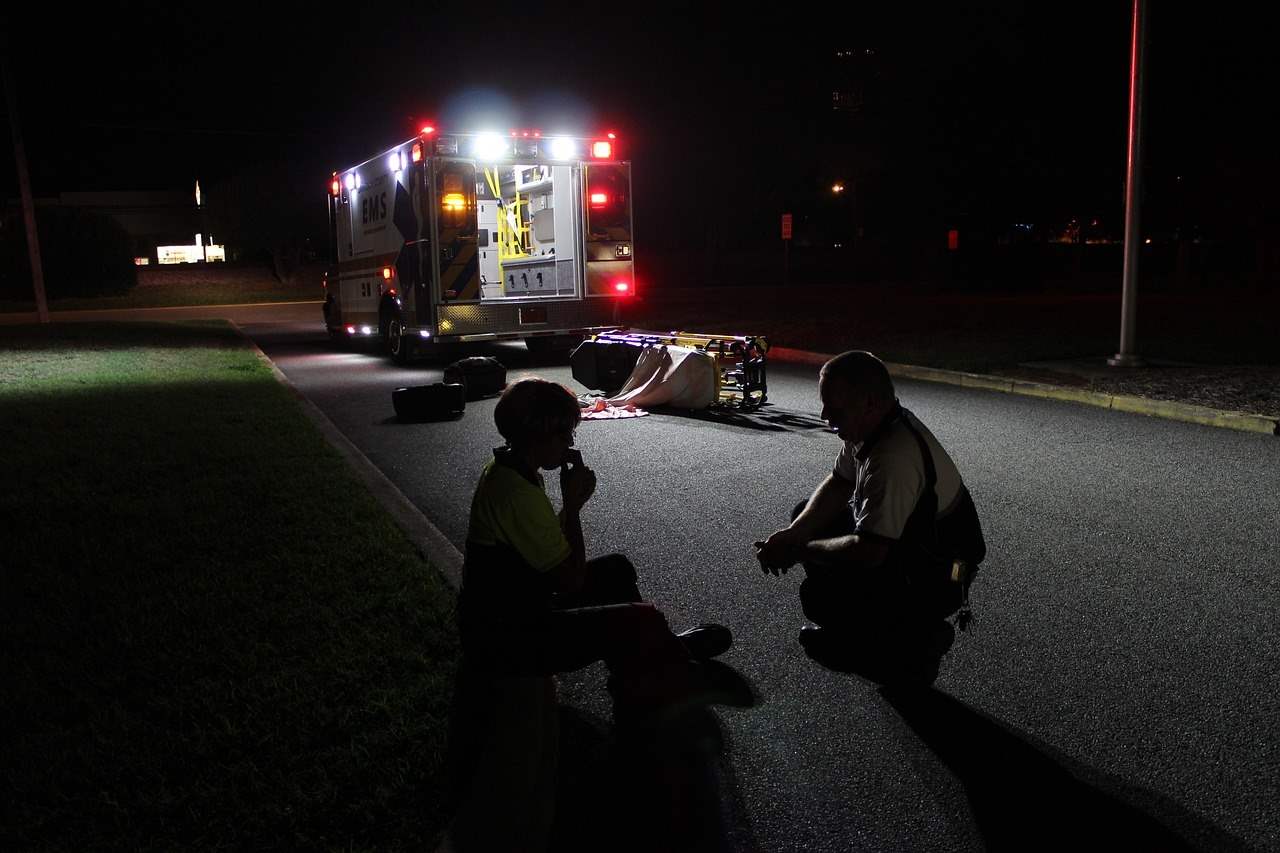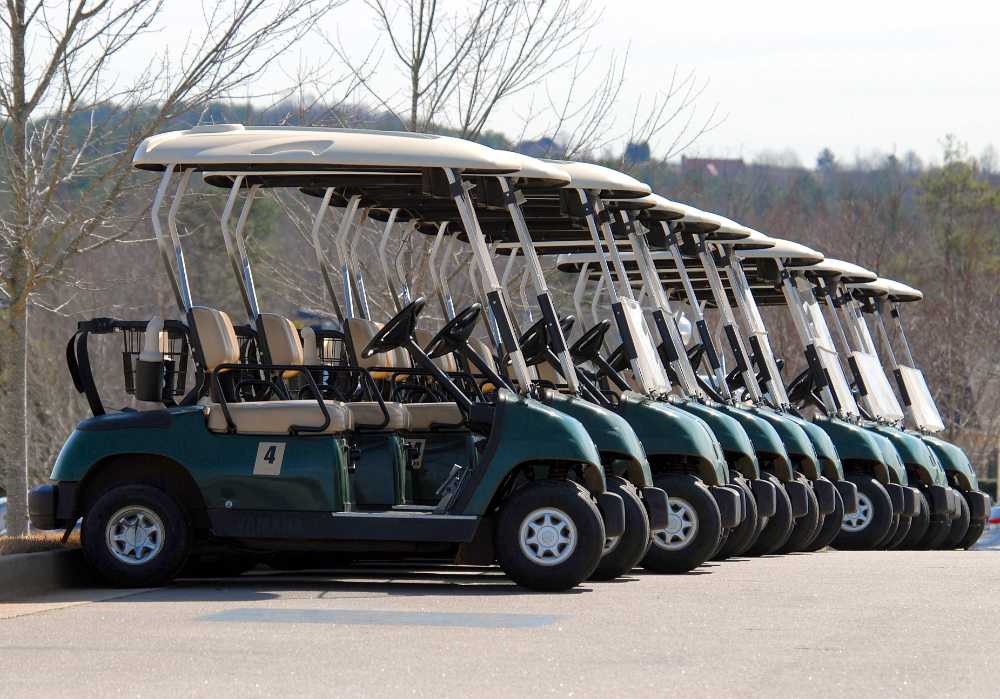On March 26, 2008, a construction crane in downtown Miami collapsed. Part of the crane plummeted onto a structure 30 stories below, killing two Florida construction workers. Just days before the deadly Florida crane accident, a similar construction tragedy occurred in New York City. Investigations by the Occupational Safety and Health Administration (OSHA) both found that the crane accidents could have been prevented.
Today’s OSHA regulations
Now, four decades after the original regulations for cranes and derricks were written, the OSHA is updating federal crane safety regulations in an attempt to reduce injury and prevent future construction accidents. Federal officials say that a number of fatal crane accidents in the past two years led to a review and revision of the existing rules.
The new federal crane and derrick regulations include the following stipulations:
- Employers must assess the crane environment to ensure that the swing radius is free of hazards, such as power lines, as a significant number of crane accident deaths involve electrocution.
- Employers must assess the ground surrounding the crane to ensure that it can support the weight of the equipment and the crane’s load safely.
- Employers must ensure that workers at the construction site are trained to recognize crane safety hazards and crane-related dangers.
- Employers must insure that all cranes undergo required safety inspections, including a pre-assembly inspection of tower cranes and rigging.
- Crane operators must be certified to operate a crane and crane riggers must be qualified to complete the operations associated with their tasks. Crane operators will have four years to complete the certification process.
- Employers must fund the certification or qualification of their current crane operators and riggers.
Personal Injury Lawyer, Near You
(855) 529-0269The goal is to prevent crane accident fatalities
Each of these new crane requirements, rules, and regulations are designed to prevent common construction worker crane deaths, which include electrocution during crane use, crane collapse, being struck by a crane, and crane overturn accidents. According to the U.S. Department of Labor, about 100 workers die each year in crane accidents on average and crane and derrick accidents cost an estimated $55 million per year. The OSHA hopes that the new federal construction site regulations will save 20 lives per year – and reduce the crane accident rate by 20 percent.
The new OSHA crane safety regulations are expected to take effect in October 2010. An estimated 267,000 construction companies and 4.8 million construction workers will be affected by the rule changes, which the OSHA says will cost the construction industry about $154.1 million to implement over the next four years.
Call or text Chalik & Chalik
(855) 529-0269


